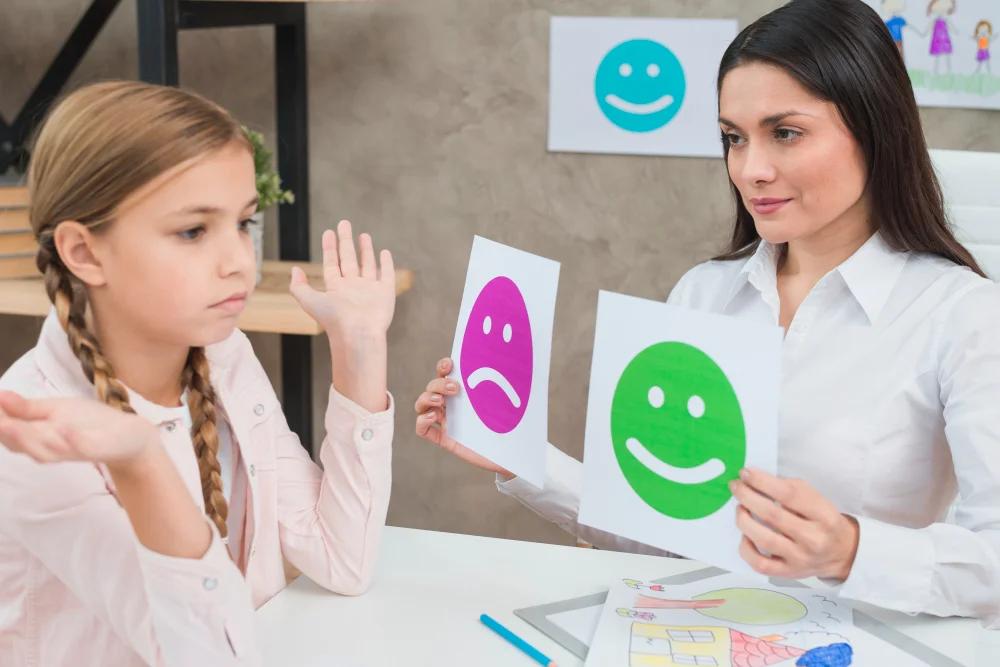What if you could hear things that others couldn’t? That’s precisely what can happen with hearing loss.
Many people notice that they can’t hear as well as they used to, but they brush it off as part of getting older. Unfortunately, some hearing loss may be a bit more serious than that. It could be a type of hearing loss known as bilateral hearing loss.
You need to understand exactly its causes and how to manage it. This article will provide all that and more, so keep reading!
What is Bilateral Hearing Loss
Bilateral hearing loss is a type of hearing impairment that affects both ears. It can also be caused by a disease or injury that has damaged the auditory nerve, which relays sound from the inner ear to the brain. Potential solutions for bilateral hearing loss include hearing aids, cochlear implants, and sound therapy.
A hearing aid can amplify sound to a level the person can understand, while a cochlear implant electrically stimulates the auditory nerve. Sound therapy can help with auditory processing by helping to retrain the auditory system to interpret sound accurately.
Specific Medications
Bilateral hearing loss is when a person has difficulty hearing from both ears. Certain medications can also cause bilateral hearing loss. This can include:
- certain antibiotics
- chemotherapy drugs
- cancer treatments
- immunosuppressants
Discuss any possible hearing loss risk with your doctor before starting a new drug regimen is essential to reduce the chance of developing such a condition due to medications. If the risk is high, alternative medications may be prescribed.
Hearing protection and lifestyle modifications such as limiting ear-level exposure to loud noises and using earplugs can also help reduce the likelihood of hearing loss. If a person already experiences bilateral hearing loss, assistive devices, cochlear implants, and hearing aids can help improve auditory functioning.
Congenital Factors
Congenital factors of bilateral hearing loss occur when an infant has a disability that affects both ears. Some solutions to help manage this type of hearing loss include using the following:
- cochlear implants
- amplified hearing aids
- environmental sound control
Speech therapy can also help improve the understanding of the child’s auditory signals. Occupational therapy can help the child with fine motor skills needed to use hearing aids and to communicate.
In severe cases, a child may require sign language as an additional coping tool. Early intervention with specialized and proactive treatment is vital in managing hearing loss caused by congenital factors.
Exposure to Loud Noises
It is a common cause of bilateral hearing loss, which is hearing loss in both ears. Long-term exposure to loud noise over 85 decibels destroys the cochlea’s hair cells and tiny structures. They are responsible for sending sound signals to the brain.
Familiar sources of noise pollution include:
- lawnmowers
- heavy construction
- certain types of music
The first step is to avoid loud environments whenever possible to reduce the risk of bilateral hearing loss from loud noises. Wearing protective earplugs or ear muffs is also recommended when you cannot avoid loud noise.
Ear protection must be worn whenever the sound levels exceed 85 decibels. Finally, lifestyle modifications include reducing alcohol consumption, avoiding tobacco use, and reducing stress. This can help keep hearing loss-associated factors under control.
Physical Damage
The best solution is to prevent damage by avoiding loud noises, wearing protective headgear, and avoiding certain medicines. Treatment typically includes wearing a hearing aid in both ears and may involve medical interventions, such as cochlear implants and surgical reconstruction, to restore hearing capacity.
Speech and language therapy can also help rehab the person and boost language development and communication skills. Improving communication and overall quality of life is the goal of any bilateral hearing loss treatment.
Ear Infections
Bilateral hearing loss is a hearing impairment that affects both ears and can be caused by ear infections. A virus, bacteria, wax buildup, fluid in the middle ear, or a foreign body in the ear commonly cause ear infections.
If not properly treated, it can result in hearing loss. The most common solutions are antibiotics if the cause of hearing loss is bacteria, removal of the excessive ear wax, or procedures to draw out the middle ear fluid. If a virus causes hearing loss, it may need time to resolve itself.
In some cases, a hearing aid may be necessary. Treatment options must be decided on a case-by-case basis, with the best plan determined by a qualified medical provider or audiologist. If caught in time, hearing loss from ear infections is often reversible.
Aging
Bilateral hearing loss due to age can be caused by the natural wear and tear of aging. As we age, the nerve cells responsible for sending sound signals from the ears to the brain become damaged, resulting in hearing loss.
To compensate for this decline, there are several things people can do. Hearing aids can amplify sound so the brain can better discern sound signals. Lip-reading classes are available to help people focus on the spoken word.
Aural rehabilitation therapy can also help individuals practice their hearing skills to interpret conversations better. Avoiding loud noises wherever possible and using earplugs in noisy environments can help preserve the hearing sensitivity of older individuals.
Required Treatment
The treatment for bilateral hearing loss depends on the severity and type. A hearing aid might be used to improve hearing for mild cases of hearing loss.
For more severe cases, a surgical procedure may be necessary. It is also essential to seek medical advice to explore possible solutions further.
Treatment may also include using assistive listening devices or cochlear implants to help the person hear better. Overall, there are numerous ways to treat and manage symptoms associated with bilateral hearing loss.
Standard solutions for this type of hearing loss are hearing aids. Hearing aids amplify sound for those with hearing loss and can be worn in the ear or behind the ear.
When fitted with hearing aids, individuals can experience the following:
- better communication
- speech understanding
- improved sound quality
Best hearing aids can be custom fitted to the individual’s ear for extra comfort and convenience while providing better sound clarity.
Understanding Bilateral Hearing Loss
In conclusion, although bilateral hearing loss can severely impact one’s life, reasonable solutions such as proper diagnosis and various assistive devices are available. People with bilateral hearing loss can lead more productive lives with attention to one’s health, timely medical care, and suitable aid. Contact a specialist today if you’re concerned about your hearing.
Did this guide help you out? For more exciting and informative content, check out the rest of our website!


















